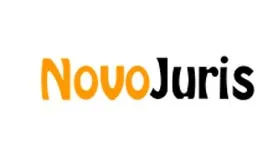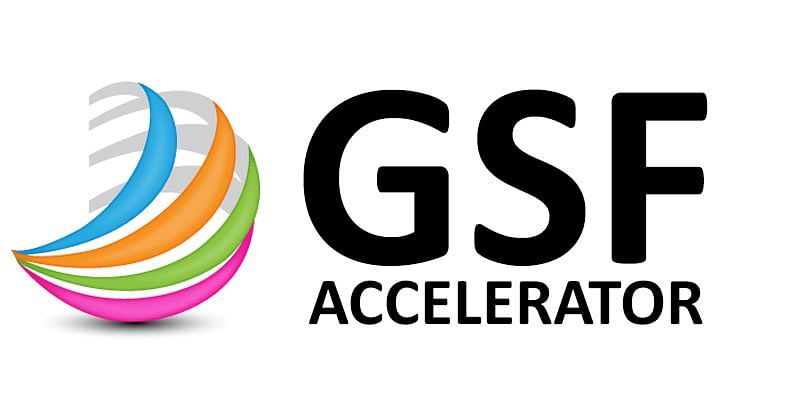Startups: Understanding All about ESOPs - Part 1
Monday October 17, 2011 , 4 min Read

ESOPs Series for Startups by Legal Experts at NovoJurisAn Employee Stock Option Plan (ESOP) is an option given to the employees to buy the shares of the company. Until the option is exercised and converts into a share, an option holder does not get any shareholder rights of voting, dividends and the like. An Option is valuable because it gives the right to purchase the shares, typically, at a pre-determined price, so that an employee gets to benefit the upside.
The transparency, quality and consistency of the ESOP, including messaging by the company’s leadership determines the employees’ enthusiasm, indifference or cynicism
This blog post is the first of a series of 5.
- This one is a Basic Primer and covers: Terms used, what makes it attractive and a little bit about taxation and valuation.
- How to Implement, nuances of implementing.
- Things to keep in mind should there be a VC investment coming up.
- Foreign companies reaching out to employees inIndiaand vice versa.
Basic glossary:
- Grant: Is the act of commitment by the employer through informing the employee of the eligibility for the Options.
- Vesting: Has two parts - Vesting percentage is the portion of the total options Granted which can be exercised on completion of the Vesting Period.
- Exercise: Is the act of paying the Exercise Price to convert the Options into Shares
- Exercise Period: Any time after the Vesting Period within which the employee has to Exercise.
- Lapse of Options: After a certain period, typically termination of employee, expiry of Exercise Period, the Options lapse and cannot be converted to Shares.
Here’s a feature presentatio
An ESOP can be used for multiple purposes – as a talent retention tool, as an incentive, as a remuneration mechanism. Accordingly the parameters of the Plan would be tailored. If retention, then probably the vesting period would be longer. If incentive, then probably the Exercise Price would be kept low, may be face value of shares, so that the employee enjoys a high upside. If remuneration tool, then the eligibility criteria would possibly be all employees. But typically, it is a combination of all of these factors and hence a good balance required to be detailed in the Plan.
An Option is different from Sweat Equity. Sweat Equity means Shares (not Options) granted “in lieu of” services, technology transfer etc. Sweat Equity, because is a Share, will have shareholder rights. Also, tax treatment and accounting treatment is different compared to Options.
What makes Options attractive is that the Exercise Price to be paid by the employee is usually lesser than market price. But taxation kind of spoils the party.
Here’s a little about ESOP taxation for private and unlisted companies. (Please consult an expert before implementing. Tax rates, tax incidence keep changing):
- Until 2009 ESOPs attracted Fringe Benefit Tax. With FBT now removed, ESOPs are taxed as perquisite provided by the employer to the employee.
- The tax incidence is when an employee Exercises the Grant by paying the Exercise Price.
- The perquisite value for tax is calculated as Fair Market Value (FMV) of the Shares on the date of Exercise (less) Exercise Price. Calculation of FMV is detailed in Direct Tax Notification No. 23 dated 8 April 2010. Care to be taken if there is any prior VC funding etc. because that price might be considered as FMV.
- When an employee ‘sells’ the Shares, then he further pays capital gains tax on the sale price (less) price arrived at point c above.
(This might be a little over-whelming, but that is why the experts!)
This then raises a question as to when is the ideal time to Exercise. Any time after Vesting, the employee has a choice based on his personal financial strategy, his visibility of the movement of the Share price can Exercise, also keeping in mind the tax pay-out.
Coming up next is the process of implementing and nuances around it.
Disclaimer: This article is for informational purposes only and is not a legal advice or opinion.
So, what are your thoughts on this article? Share with us by leaving a comment!

About NovoJurisSharda Balaji founded NovoJuris with the realization that technology innovations are fast outpacing the legal framework. NovoJuris counts over 200 small and medium business and over 10 investment houses as their customers over the last 3 years. NovoJuris values a culture of providing professional legal help and obsesses about the success of their customers. The management team at NovoJuris brings over 30 years of experience in technology and law into practice. Do check out their website for further details.










